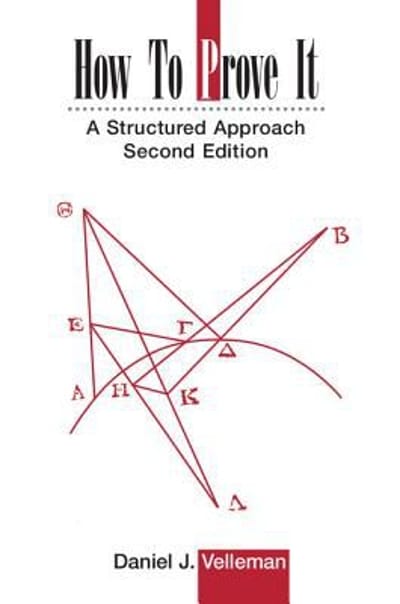Question
2. Use the T table to compute the following. If you can't find an exact answer, give a range. (a) For a T curve on
2. Use the T table to compute the following. If you can't find an exact answer, give a range. (a) For a T curve on 11 df, the chance of landing to the left of 1.80 is about how much? (b) For a T curve on 4 df, about 10% of the area under the curve is to the right of what value? (c) For a T curve on 14 df, the chance of landing between 4 and 4 is about how much?
3. The level of dissolved oxygen (DO) in a stream or river is an important indicator of the water's ability to support aquatic life. An average DO level below 5 mg/L puts aquatic life at risk. A researcher wishes to know whether the DO levels in a particular stream is too low to support aquatic life. She measures the DO level at 10 randomly chosen locations along a stream. Here are the results in milligrams per liter (mg/L): 5.50, 4.83, 4.40, 5.42, 6.38, 4.01, 4.66, 5.73, 5.55, 5.04
(a) State null and alternative hypotheses relevant to the research question.
(b) Perform a test of the hypotheses from part (a), using a significance level of 10%. You may assume that the distribution of DO levels in the entire stream is approximately normal. Make sure to compute a test statistic and P-value, and make a conclusion in the context of the problem.
(c) Given your conclusion in part (b), which kind of error - Type I or Type II - could you have made? Explain what this mistake would mean in the scientific context of the question.
4. Two new mathematics learning techniques are being tested. The researchers are unsure which one, if any, will be better. Two hundred students were randomly selected from a population. Ninety of them were randomly assigned to use Technique A, and 110 of them were randomly assigned to use Technique B. Each student spent 30 minutes learning the technique to which they were assigned, and then were asked to complete a task. The time to complete the task was recorded, in seconds. A shorter time indicates better mastery of the task. The data are below: Technique A: sample average = 26.1, sample SD = 7.2 Technique B: sample average = 27.9, sample SD = 12.4
(a) State hypotheses relevant to the research question.
(b) Perform a test of the hypotheses from (a) using a significance level of 10%. Make sure to compute the test statistic and P-value, and make a conclusion in context.
Step by Step Solution
There are 3 Steps involved in it
Step: 1

Get Instant Access to Expert-Tailored Solutions
See step-by-step solutions with expert insights and AI powered tools for academic success
Step: 2

Step: 3

Ace Your Homework with AI
Get the answers you need in no time with our AI-driven, step-by-step assistance
Get Started


